Digital Branding & Advertising
Digital branding & Digital advertising
If we take a moment and zoom out, pretend you are on a rocket leaving the earth’s sphere heading to Mars, looking out the window and back down below at the “Marketing Ocean”. Watch the currents as they swirl, pull and they push. All co-existing together creating the perfect eco system. From SEO strategy currents, website design currents, content marketing and more. Then, zoom in on digital branding and digital advertising. Two schools of thought and marketing approaches, both tools used in strategic marketing, what would we say about these two marketing approaches exactly?
Are they the same thing?
What is the primary purpose of each digital specialty?
Simply put, digital advertising, also known as digital marketing, is the outbound promotional messages delivered by companies, promoting their product at a price point deemed attractive to the target audience. In a nutshell, the primary purpose for digital advertising is to sell.
Digital branding, however, takes a far softer approach and is by far the longer play. This is typically knitted deep into the overall marketing strategy of a company. It takes careful planning to build up a brand identity, careful consideration from design, messaging to placement.
Your brand is you
Products come and go. Prices go up and down. Digital advertising is there to help you promote this. However, the brand will always remain the same. So, it is important to develop a brand carefully and consistently, to increase not only the recognition from both existing and new customers, but also to instill a strong sense of trust. So that when a new product is launched, the decision-making process for a customer is that much easier, because they have already grown to know you, and to trust you.
Your brand is you.
The digital approach needs a human touch
With so many digital platforms available for advertisers to promote on, it is important to always circle back to the primary consideration and driver of all decisions, customers.
Who are they? What need can we serve, and which media platforms do they prefer to receive their content from and communicate on.
Central (and critical!) to any decisions made, whether it be branding or advertising, the customer is key. Any marketer worth their weight, will take the customer’s needs and expectations and place it front and center, ahead of their own. Just because you like, or dislike something, does not mean your customer will feel the same way. You are not your own customer. Sometimes pride and ego can get in the way of this, so it is important that a marketer is mature, and can take a purely objective approach to decision making.
It can be difficult to take a step back and really take an honest look at what is being created, what is being planned. It is the job of a marketer, like me, to be self-critical, ask the tough questions, follow the data, listen to customers, not just hear them, but really listen to them and then of course to make sure that every time, the needs of the customer are answered.
Because without a happy customer, there is no business, and without a business, there is no marketer.
The digital platforms, are endless!
We have all heard of Facebook. What about LinkedIn? I know you must have heard of Instagram, Tik Tok not to mention Twitter, Snapchat, Pinterest etc. These are just some of the social platforms. What about all the new streaming services such as Hulu, Roku, Peacock, Apple TV and more. Google Display Network? Yes, that is an option too. Out of home options such as digital billboards or streaming radio options like Spotify.
The list goes on.
The reality is that with today’s technology, you can take your brand and your product, and push it out in front of almost anyone, almost everywhere, anywhere in the world in an instant. But just because it is easier to execute than ever before, certainly makes it a lot tougher.
Because the incorrect platform, delivering the wrong message to the wrong audience, can send any equity you have built in your brand and business, spiraling out of control, and literally crashing and burning. Users have a voice now, they have the platform to speak back, speak their minds, and they are doing it.
With careful planning, and yes, strategizing, this can be avoided, and success can be achieved. I like to use the age old 80/20 principle here, it takes 80% of the time to plan and strategize, and 20% to execute.
Execute fast, execute strong, but always do it with a plan.
Brigette Muller
